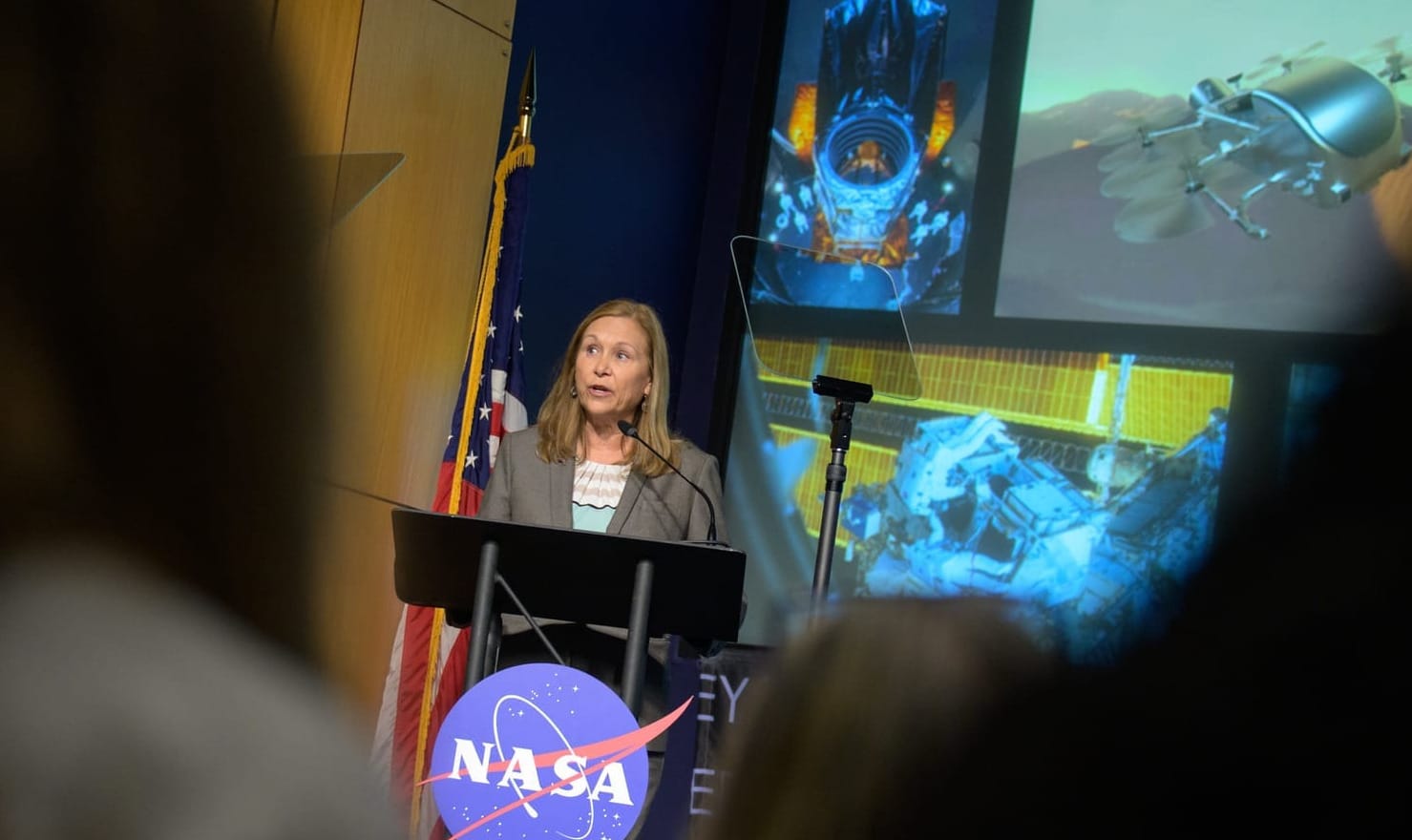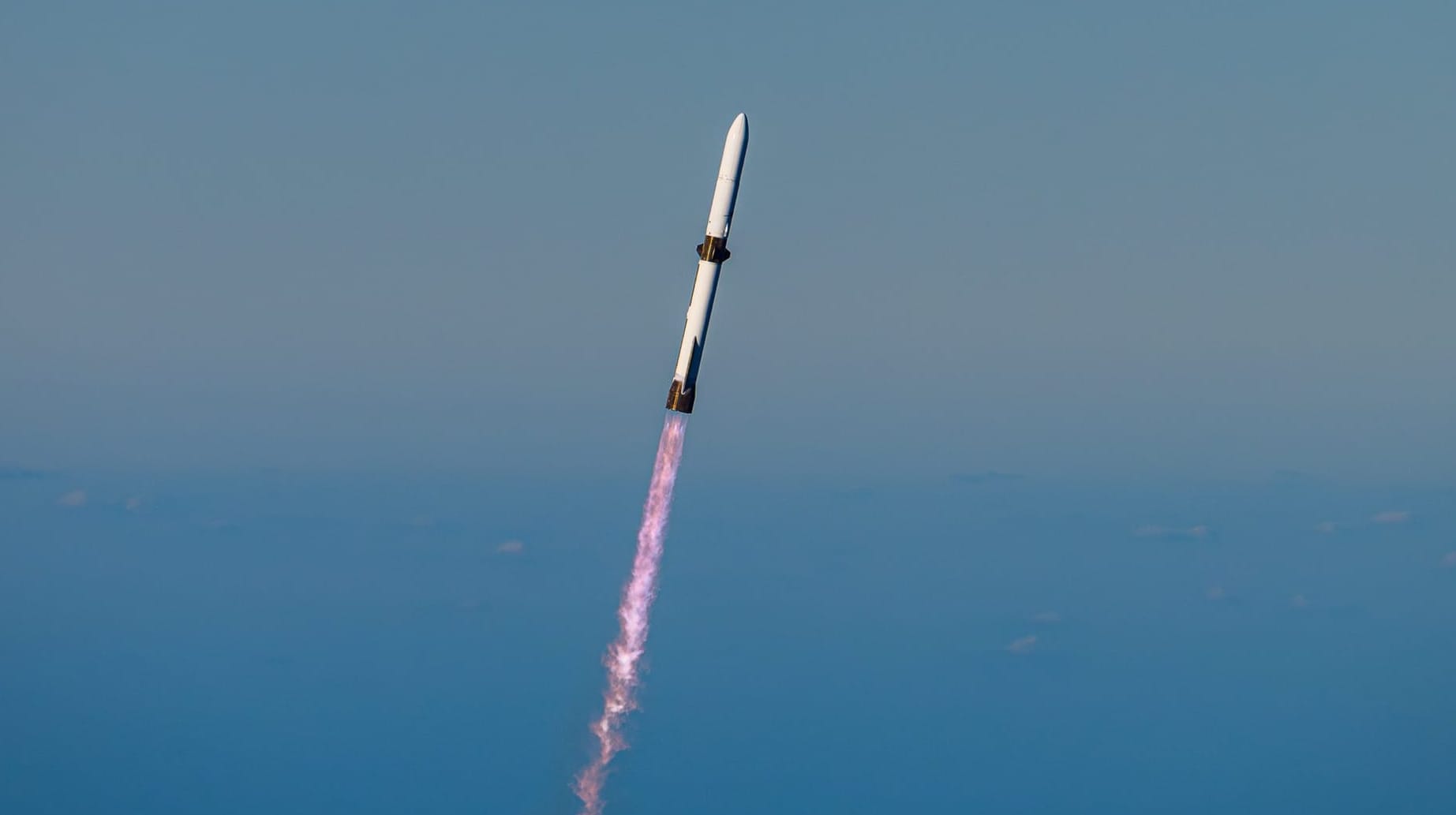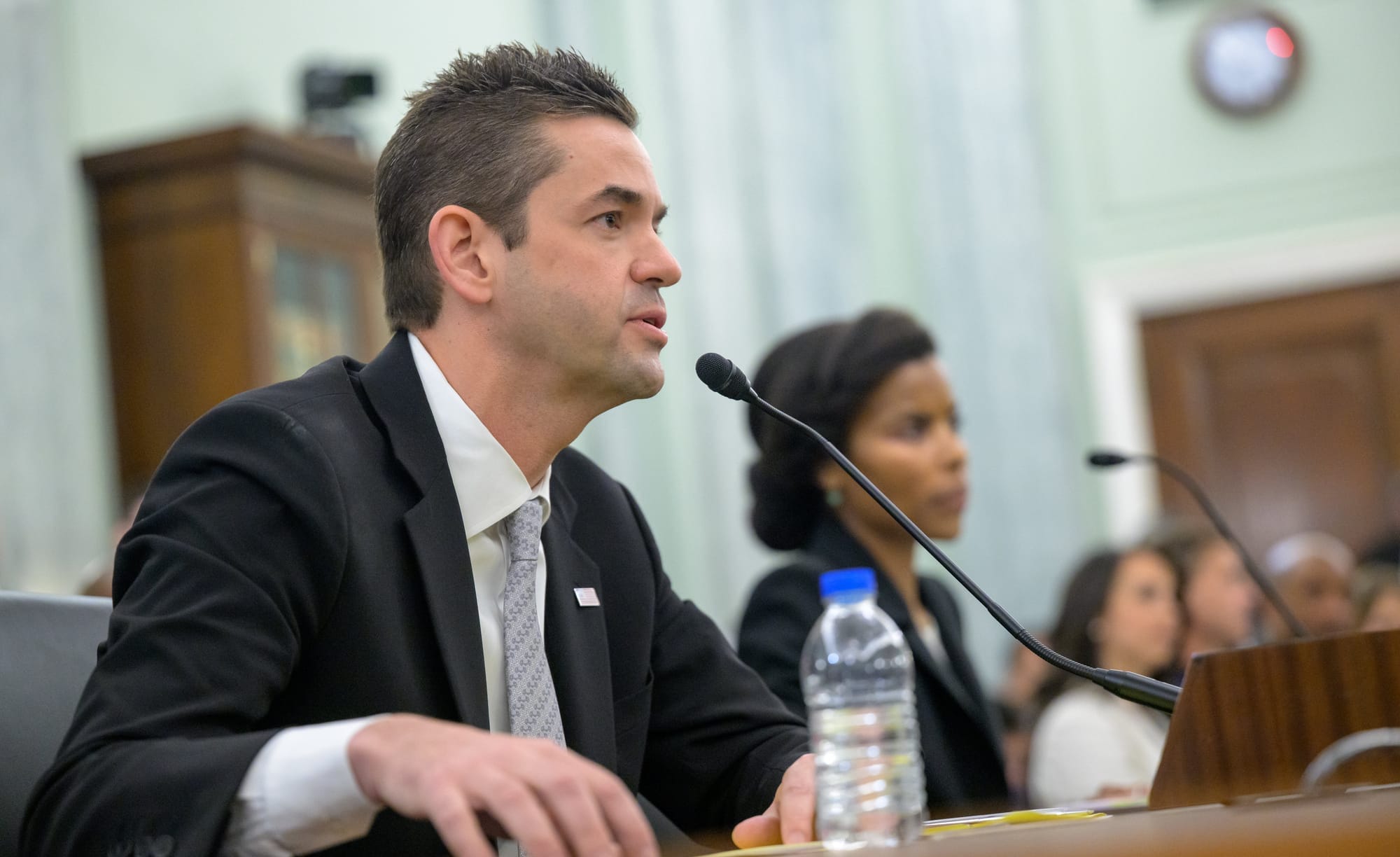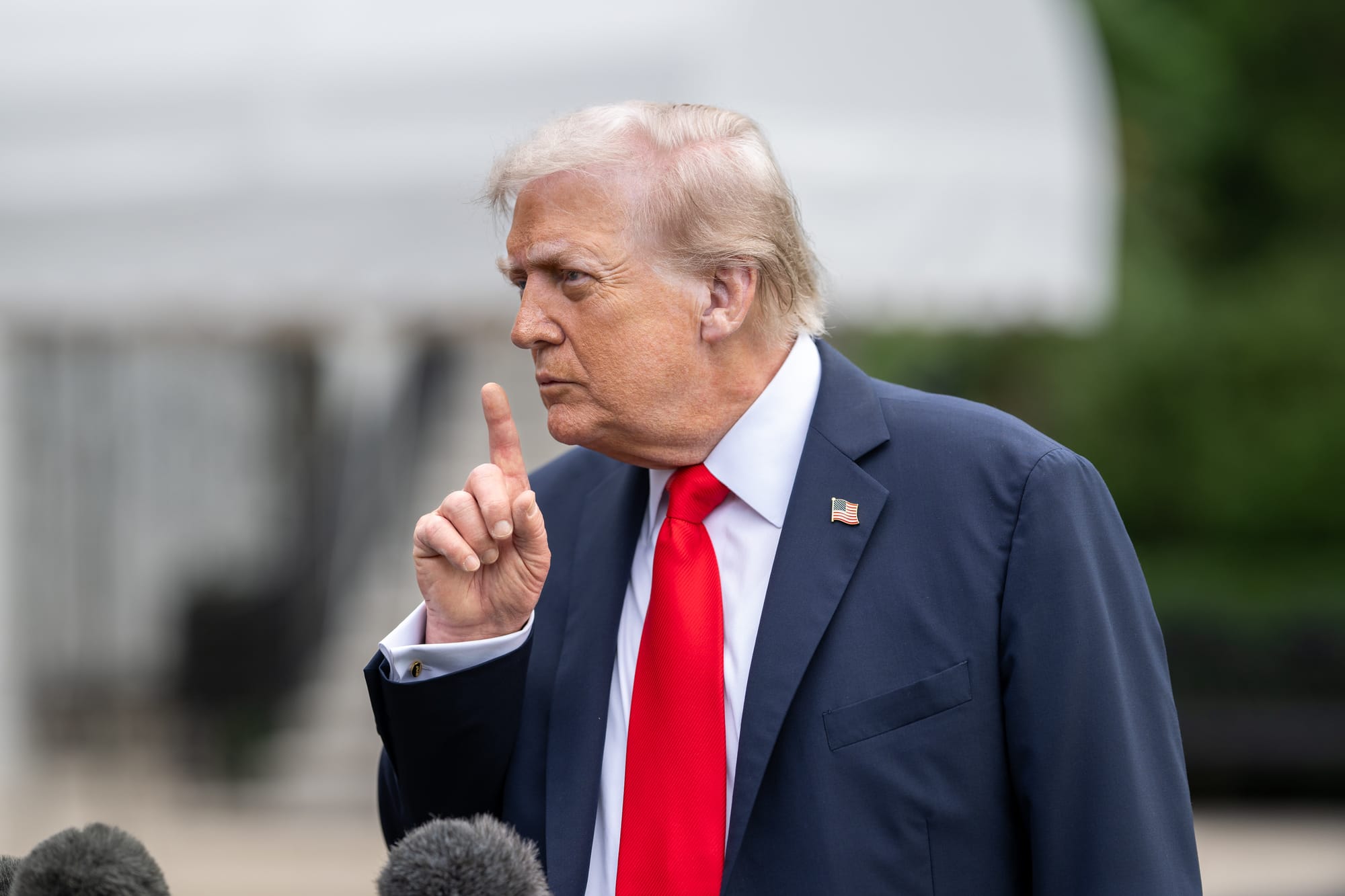Table of Contents
NASA leadership, consisting of Janet Petro, Acting NASA Administrator, Brian Hughes, NASA Chief of Staff, Vanessa Wyche, Acting NASA Associate Administrator, Casey Swails, Deputy Associate Administrator, held an agency-wide 'Town Hall' meeting on June 25th to update the space agency's workforce on its reorganization.
The reorganization is due to Donald Trump's budget cuts at NASA for fiscal year 2026, slashing 6 billion United States Dollars from the space agency for the smallest amount since 1961. However, the Trump Administration has no discernible plans for the U.S. space program despite lofty rhetoric about returning to the Moon and reaching Mars.
Although the massive budget cut still needs to pass through the proper legislative process, acting NASA leadership is already moving to reorganize and downsize the agency. This reorganization, SpaceNews reports, is not expected to go below the center level, with three approaches being considered. The first would organize the agency through mission directorates, another would be based around NASA's centers across the U.S., while the final would be a product line model, with no explanation or elaboration. Closing some centers is being considered to facilitate these approaches.
Acting Administrator Janet Petro shared, in an internal memo on June 27th, her reasoning for reorganizing ahead of budget approval:
"Reorganizations are a process – and will take time. I expect to decide on the top-level structure and begin engaging our stakeholders in the coming weeks. That structure will only go down to the center level initially. What happens below that will take shape over time, and I ask for your patience as this reshaping effort takes place – it will take time before we know how this impacts individuals. We are reorganizing to become the most efficient and effective organization we can be – aligned to the mission we are charged with and the resources we expect to receive."
Recently, NASAWatch has reported that agency leadership is pushing agencywide management to quietly 'encourage' more employees to leave without Congressional approval, with 1,600 people having left NASA already. The fiscal year 2026 budget looks to eliminate over 5,500 people. Related to this, Petro's memo stated:
"We are offering a limited window of voluntary workforce shaping tools to avoid any involuntary separations. For civil servants, the opt-in period for the Deferred Resignation Program, Voluntary Early Retirement Authority, and Voluntary Separation Incentive Payment is open through July 25. We do not plan to offer these programs again."
At present as well, NASA has no one nominated for its next Administrator, following the removal of White House support for the billionaire private astronaut Jared Isaacman. Janet Petro currently expects to remain Acting Administrator, likely into next year.
As part of plans to streamline NASA, acting leadership still expects to perform many science missions through various existing and future spacecraft despite a cut of almost half the agency's science budget. Those cuts would end over forty missions, active and close to launch, including Mars Sample Return (set to be years after China's equivalent mission), the Nancy Grace Roman Space Telescope, OSIRIS-APEX, and Juno. Once offline, those missions won't be able to collect any more scientific data.
Effects of the reorganization and budget cuts are expected to be felt beyond NASA, as much of the agency's budget is used to pay contractors. Those contracts have many tens, if not hundreds, of thousands of employees of their own.
Meanwhile, under President Donald Trump's 'One Big, Beautiful Bill', the U.S. Space Force's budget will be increased to 39.9 billion United States Dollars in 2026, a massive increase from its 2025 budget of 28.7 billion. Contrasted against NASA's budget troubles, it is becoming rather clear where American priorities in space are.
Protests at NASA
While agency leadership yields to the White House, outside of NASA facilities, like the Glenn Research Center and the agency's headquarters (a similar one took place at Johnson Space Center in March), protests have been taking place in an attempt to bring more awareness to the budget cuts. These protests did not prevent anyone from entering the facilities and were not a picket line.
NASA Headquarters leadership was not happy with the protests, advising employees not to participate and to avoid members of the media. Alongside this, advocacy groups looking to reverse the NASA budget cuts made no mention of the protests.
Over 100 people are protesting budget cuts to @NASA at #NASA HQ in Washington DC a short distance from White House & Congress. Local media were here. Yet @exploreplanets Planetary Society could not even be bothered to make any mention. WTF? pic.twitter.com/RLriOwK4DE
— NASA Watch (@NASAWatch) June 30, 2025
Various protest signs displayed outsite of NASA Headquarters, via NASA Watch on Twitter.
One of the many signs at the @NASA HQ budget protest. pic.twitter.com/4ZYBw3oAEv
— NASA Watch (@NASAWatch) June 30, 2025
A "Make America Last in Space Again", a play on the MAGA slogan, protest sign with the flag of China on the Sputnik satellite, via NASA Watch on Twitter.






